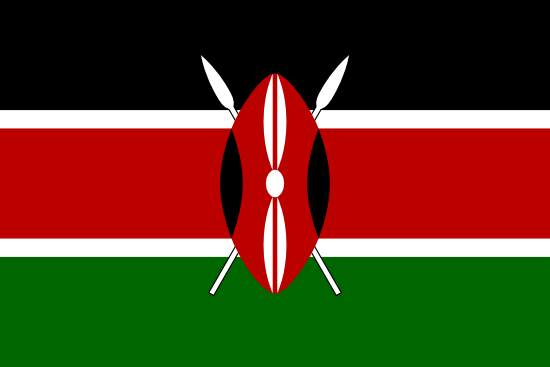-
Air Pollution:
- Industrial Emissions: Factories and industries release a cocktail of pollutants into the air. From carbon monoxide to sulfur dioxide, these emissions can lead to respiratory problems and contribute to global warming.
- Vehicle Exhaust: The sweet scent of gasoline? Not so sweet for the environment. Cars emit pollutants like nitrogen oxides and particulate matter, causing smog and respiratory issues.
-
Water Pollution:
- Industrial Discharges: Industries often dump chemicals and waste into rivers and oceans, affecting aquatic life and contaminating water supplies.
- Agricultural Runoff: Pesticides and fertilizers from agricultural lands find their way into water bodies, leading to eutrophication and harming marine ecosystems.
-
Soil Pollution:
- Improper Waste Disposal: Dumping of solid waste in landfills can result in soil contamination. The decomposition of this waste produces harmful substances that can leach into the soil.
- Mining Activities: Extracting minerals from the Earth can lead to the release of toxic substances, impacting soil quality and disrupting ecosystems.
-
Noise Pollution:
- Urbanization: The hustle and bustle of city life contribute to noise pollution. From traffic sounds to construction activities, excessive noise can have adverse effects on human health and wildlife.
-
Light Pollution:
- Artificial Lights: The bright lights of cities can interfere with natural ecosystems and disrupt the behavior of nocturnal animals. It also affects human sleep patterns and contributes to wasted energy.
-
Plastic Pollution:
- Single-Use Plastics: The convenience of single-use plastics comes at a significant cost. These items often end up in oceans and water bodies, harming marine life and ecosystems.
- Microplastics: Tiny particles of plastic, often from the breakdown of larger plastic items, are pervasive in water sources and even in the air we breathe.
-
Thermal Pollution:
- Power Plants: Industries and power plants discharge warm water into rivers and lakes, raising the water temperature. This thermal pollution can negatively impact aquatic ecosystems by affecting the metabolism of aquatic organisms.
-
Radioactive Pollution:
- Nuclear Accidents: Events like nuclear accidents or improper disposal of radioactive waste can lead to long-term environmental contamination and health hazards.
Pollution in Kenya
-
Air Pollution:
- Urban Centers: Rapid urbanization and industrial growth contribute to high levels of air pollution in major cities like Nairobi and Mombasa. Vehicle emissions, industrial activities, and the burning of solid waste all contribute to poor air quality.
-
Water Pollution:
- Industrial Discharges: Some industries release untreated effluents into rivers, contaminating water sources. This not only harms aquatic life but also poses risks to communities that rely on these water bodies for drinking and irrigation.
- Agricultural Runoff: The use of pesticides and fertilizers in agriculture can result in runoff, affecting rivers and lakes. This runoff introduces chemicals that can disrupt ecosystems and impact water quality.
-
Plastic Pollution:
- Single-Use Plastics: Kenya has taken steps to address plastic pollution, including implementing a ban on single-use plastic bags. However, challenges persist, and plastic waste remains a concern, especially in urban areas and coastal regions.
-
Waste Management:
- Improper Disposal: Inadequate waste management infrastructure leads to the improper disposal of solid waste. This can result in the pollution of land and water bodies, impacting both the environment and public health.
-
Deforestation:
- Charcoal Production: Deforestation is a significant environmental concern in Kenya, driven in part by the demand for charcoal. The burning of wood for energy contributes to air pollution and leads to habitat loss for many species.
-
Noise Pollution:
- Urbanization and Transportation: The growth of urban centers, coupled with increased transportation activities, contributes to noise pollution. This can affect the well-being of residents and wildlife, especially in and around protected areas.
-
Oil Spills:
- Transportation and Pipelines: Kenya is a transit route for oil transportation, and the potential for oil spills exists, particularly in cases of pipeline leakages or accidents during transportation. These spills can have severe consequences for ecosystems and local communities.
-
Indoor Air Pollution:
- Cooking Practices: In many households, traditional cooking methods using solid fuels contribute to indoor air pollution. This poses health risks, particularly for women and children who are exposed to smoke from cooking fires.
